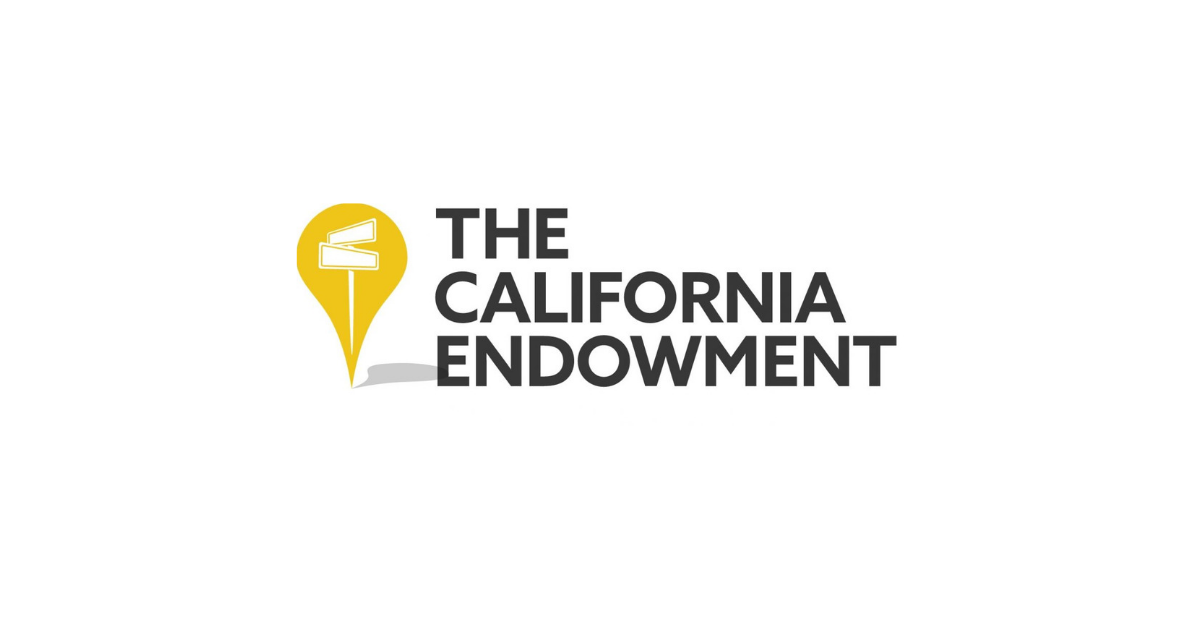“I think what’s undervalued and underappreciated is the issue of power and that the root of most social problems that plague our nation – health reform, education reform, fiscal government reform, housing reform – are not fundamentally innovation problems but power and equity problems. As a result of that, we have over the years increasingly been attentive to issues of advocacy, voice and power building in underserved communities and populations, and our grantmaking reflects that.”
– Dr. Robert K. Ross
President and CEO
The California Endowment
from Responsive Philanthropy (Winter 2011/2012)
On the heels of Philamplify’s in-depth study of The California Endowment (TCE), the foundation received NCRP’s Impact Award for a large private foundation in recognition of how it embraces power as a driver of change and invests in efforts to build community power, particularly of those most affected by health inequities. Also, TCE formally links grassroots power-building with statewide and federal policy change.
This is most explicitly illustrated through TCE’s Building Healthy Communities (BHC) – a 10-year (2010–2019), $1 billion community initiative to improve health outcomes in 14 targeted communities across the state. BHC works to build the organizing capacity of residents and service organizations, connecting advocacy to direct service work.
Using the social determinants of health frame, TCE supports organizing on a range of issues beyond health care access, including school discipline policies. Building on local community initiatives, TCE helped mobilize support to curb school-to-prison pipeline practices by expanding restorative justice policies and ending “willful defiance” as grounds for suspension or expulsion. School districts across the state have adopted favorable policies, thus elevating the public discourse statewide.
TCE also uses the power analysis framework of driving change by serving as a change-maker beyond grantmaking. This includes funding advocacy efforts, directly engaging in advocacy and strategic communications, convening and aligning its investment strategy with grantmaking goals. For example, it aggressively supported federal passage and state implementation of the Affordable Care Act.
While TCE operates at a much larger scale than most philanthropies, smaller funders can employ similar resident-led power building strategies, as well as a change-maker role, at the community level.















































































































































































































































































































































































































Leave a Reply